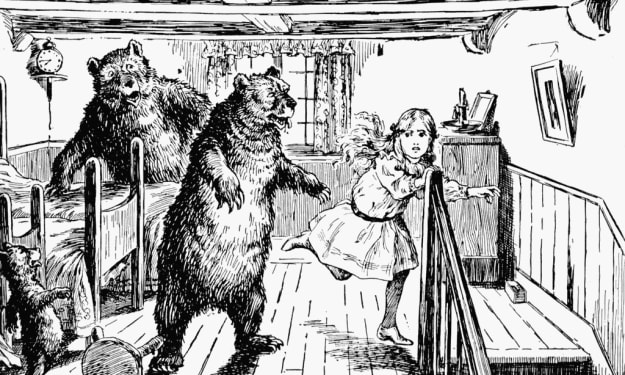The Lindbergh Baby Kidnapping: Cracking the Case of the Century
How forensics and federal agents joined forces to solve one of America's most shocking crimes

The Lindbergh Baby Kidnapping: Cracking One of History's Greatest Mysteries
In 1927, Charles Lindbergh became an international celebrity after completing the first solo transatlantic flight. Just a few years later, Lindbergh's fame turned to infamy when his 20-month-old son was kidnapped from the family's New Jersey estate. The 1932 abduction and murder of Charles Lindbergh Jr. shocked the nation and became known as the "crime of the century." Despite intense public interest and a massive investigation, the case remained unsolved for over two years before authorities finally apprehended a suspect.
On the evening of March 1, 1932, someone climbed a makeshift ladder and entered the second-story nursery of the Lindbergh's Hopewell home. The kidnapper left a ransom note demanding $50,000 and fled into the night with young Charles Jr. When the baby's absence was discovered, police were quickly called but found few clues beyond a broken ladder and muddy footprints.
The kidnapper soon made contact and arranged for intermediary Dr. John Condon to deliver ransom money in exchange for information on the baby's whereabouts. Though Condon met the suspect in person, the kidnapper's directions failed to locate Charles Jr. Tragically, the baby's body was discovered just a mile from the Lindbergh home in May 1932.
The kidnapping investigation involved local police, the FBI, forensics experts, and even the U.S. Department of Agriculture. Handwriting analysis suggested the ransom notes were written by someone of German descent. Wood experts examined the ladder and deduced details about the kidnapper's carpentry skills and tool access. But despite having a witness description from Condon, the case remained cold for over two years.
The breakthrough came when the FBI tracked the gold certificate ransom money. They notified banks and businesses to watch for the bills' serial numbers. In September 1934, a gas station attendant wrote down a license plate number after recognizing a customer as resembling the suspect. The car was registered to Bruno Richard Hauptmann, a German carpenter.
Authorities apprehended Hauptmann and searched his home, finding over $14,000 of the ransom money hidden inside. Handwriting samples matched the ransom notes, and Hauptmann's physical description aligned with Condon's recollection. Pieces of wood from Hauptmann's attic matched wood from the makeshift ladder. After over two years without a solid suspect, investigators now had extensive physical evidence and eyewitness testimony pointing to Hauptmann.
Hauptmann claimed the money was left with him by a friend, and he didn't know it was linked to the crime. But the prosecution presented a convincing case that he acted alone in the kidnapping. They theorized Hauptmann learned about Lindbergh's isolated estate from a magazine article and developed an elaborate but flawed plan targeting the famous aviator's child. Handwriting analysis indicated Hauptmann wrote all the ransom notes himself.
Defense attorneys attempted to suggest other party's involvement, like Lindbergh's maid Violet Sharpe. But the prosecution poked holes in each alternate theory. Ultimately, the jury found the accumulated evidence against Hauptmann to be overwhelming. He was convicted of first-degree murder in 1935 and executed by electric chair in 1936, closing the infamous cold case.
The Lindbergh tragedy fueled debates about the death penalty, child safety, and the media frenzy surrounding high-profile crimes. It marked a transition in the role of forensics in police investigations. While the crime went unsolved for years, the eventual conviction demonstrated the potential for methodical evidence gathering and expert analysis to solve perplexing cases through science and deductive reasoning.
The collaborative investigation combined local police work, federal resources, and expertise across disciplines to solve what many considered an impossible mystery. The terrible crime captured the public imagination and demonstrated both the emerging power of celebrity and the darker side of American ambition in the Depression era. After rocking the nation, the case concluded in decisive fashion, providing a precedent for cracking future high-profile crimes through teamwork, forensics, and perseverance. The "crime of the century" epitomized the inventiveness of American evil, but also the determination of American justice.
About the Creator
KWAO LEARNER WINFRED
History is my passion. Ever since I was a child, I've been fascinated by the stories of the past. I eagerly soaked up tales of ancient civilizations, heroic adventures.






Comments
There are no comments for this story
Be the first to respond and start the conversation.